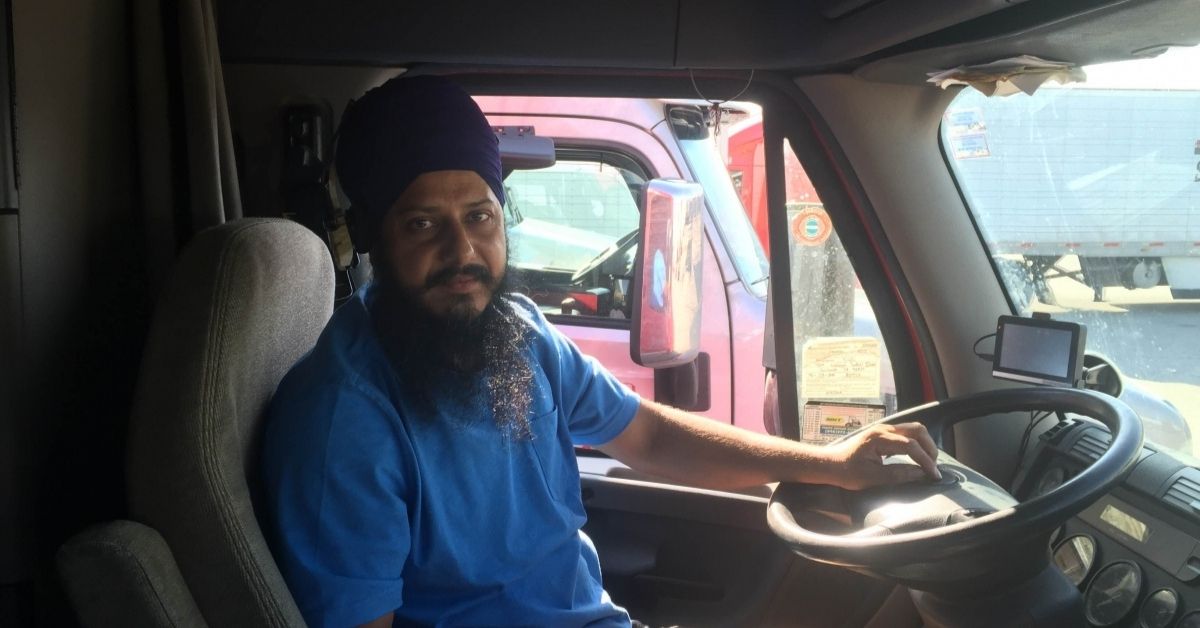Drivers are the backbone of the logistics industry. Despite various initiatives by Government authorities and the private sector, driver shortage is a perennial issue faced by the supply chain industry. Thousands of trucks are lying idle across the country on a daily basis due to scarcity of drivers. The driver shortage issue was further highlighted during the initial months of the COVID pandemic when, on an average, only 50% trailer utilization was achieved due to lack of drivers.
In our country, driver interactions and driver dealings are often done without supervision. There is a lack of two-way communication and the ‘human element’ gets lost as driver feedback is never paid attention to. Even logistics companies with well-established HR departments do not have dedicated guidelines and policies to interact with drivers and take trip reports. Drivers are generally only spoken to in case there are any accidents/ delays, or if complaints are received from clients. This has created an atmosphere where drivers often feel victimized and switch jobs without prior notice.
When we ask various logistics companies regarding their vehicle inventory, a detailed report is received in a matter of minutes, thanks to sophisticated digital systems. However, hardly any logistics companies have a track of total drivers working in their organization or the number of drivers currently on leave along with their expected date of return. As an industry, we have not yet felt the need to keep a strong digital record of our drivers but this needs to change fast!
One such logistics group which is heavily investing in its driver management practices is ‘The PDP Group®.’ The group has over 150 trailers and 160 active drivers in its roster. It has its Corporate Office in Kolkata and provides containerized transport services to both domestic and EXIM sector. ‘The PDP Group®’ provides complete logistics solutions to the industry. The group is ‘ISO 9001:2015’ accredited by ‘Bureau Veritas’ and is certified as a ‘Great Place to Work’ by ‘The Great Place to Work Institute- India.’
Mr. Avishkar Srivastava, Chief Innovation Officer at ‘The PDP Group®’ emphasised on the need to digitalize driver interactions and driver dealings. “We live in the era of Industry 4.0. Today we are talking about remotely managing and monitoring big data from any part of the world and from any device. Delays in receiving MIS reports and inability to provide real time updates are considered a sign of inefficiency. While logistic companies, especially those in the MSME sector have understood the importance of digitalization and started its adoption across various value offerings, the drivers working in the company are completely left out of this process.”
Avishkar further added, “In our group, we tied up with a software company and began digitalizing our driver records back in 2017. Initially, the only purpose was to have a complete digital record of all our drivers on the cloud. However, the trends which we started uncovering such as reasons for drivers taking leaves, reasons for drivers joining late to duty, reasons for switching jobs, etc. were really insightful. We started forwarding this data to our HR team who then sought ways to deal with the driver issues based on the trends. Initially, drivers were surprised when they were being interviewed by a team of HR professionals with no transport background. On the other hand, the HR team felt at ease because they had complete access to the driver’s past leaves, past trips, family members, driving license validity, and other key details at their fingertips. This helped create a rapport and drivers soon started sharing the reasons for taking leaves or the areas where they felt disconnected from the organization. Joint training sessions were conducted between drivers and employees based on feedback and we kept monitoring their profiles. Over a period of 3 years, we have seen a remarkable increase in our driver retention rates. Drivers, on an average have started giving prior information before taking leaves and they are returning timely to the office.”
When asked about the cost-benefit factor of digitalizing driver data, Avishkar added, “It’s high time transporters digitalize their driver data and statutory documents on the cloud. We need to look at the expenses as an investment with sustained long-term returns. Adopting a software and building a database will not yield overnight results but once the systems are in place, the benefits far outweigh their costs. Today, we have no driver shortage in our company and in fact we have kept drivers on standby for any emergencies. A healthy working relationship with drivers is essential in making the supply chain efficient and we cannot ignore the role of technology in improving driver monitoring.” Despite advancements in trucking technology and awareness of the logistics sector, there is still a huge room for improvement in terms of driver dealings and in bringing drivers to the organized sector. Technology and structured database will play a huge role in bridging this gap.
Author: Avishkar Srivastava, Chief Innovation Officer, The PDP Group







